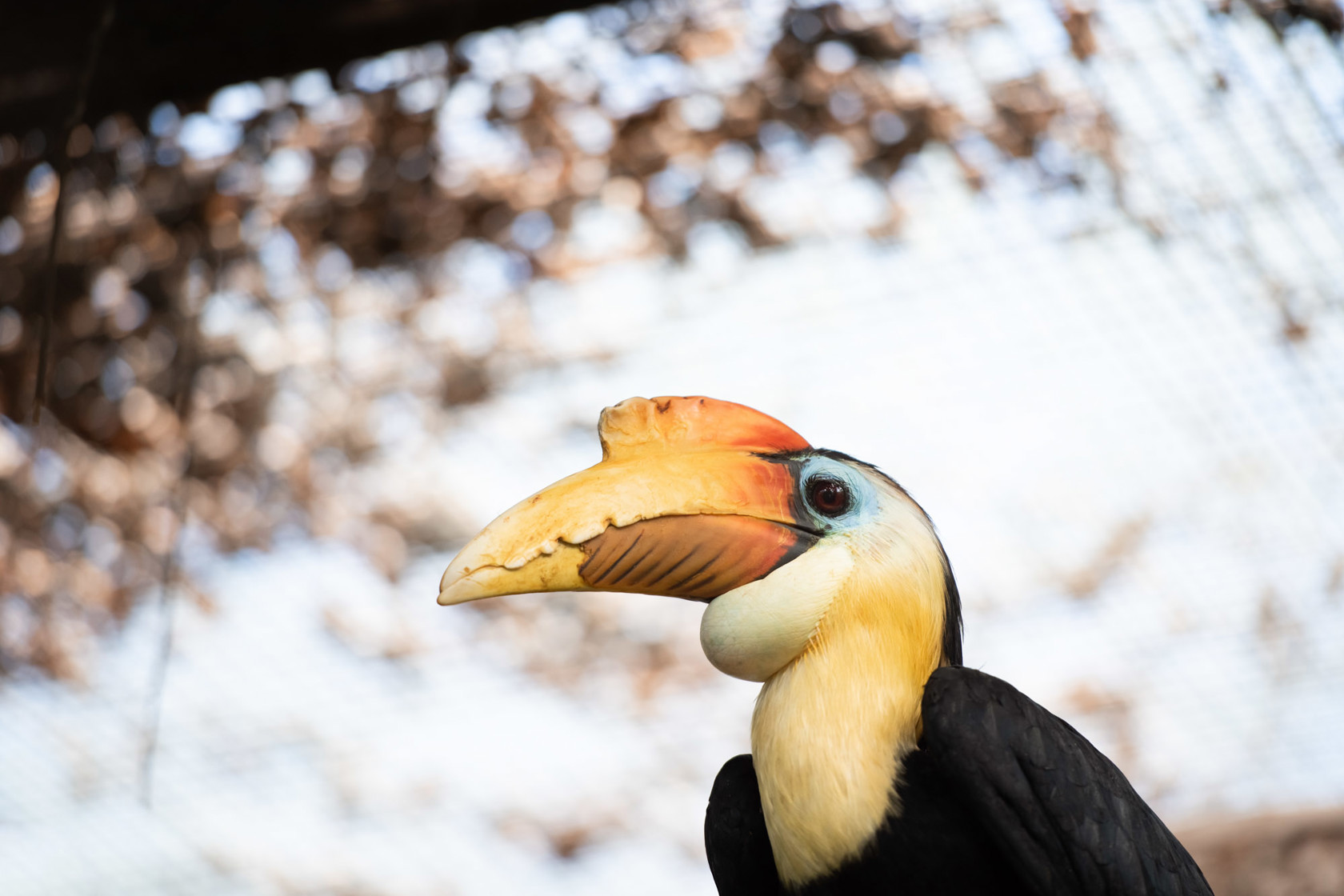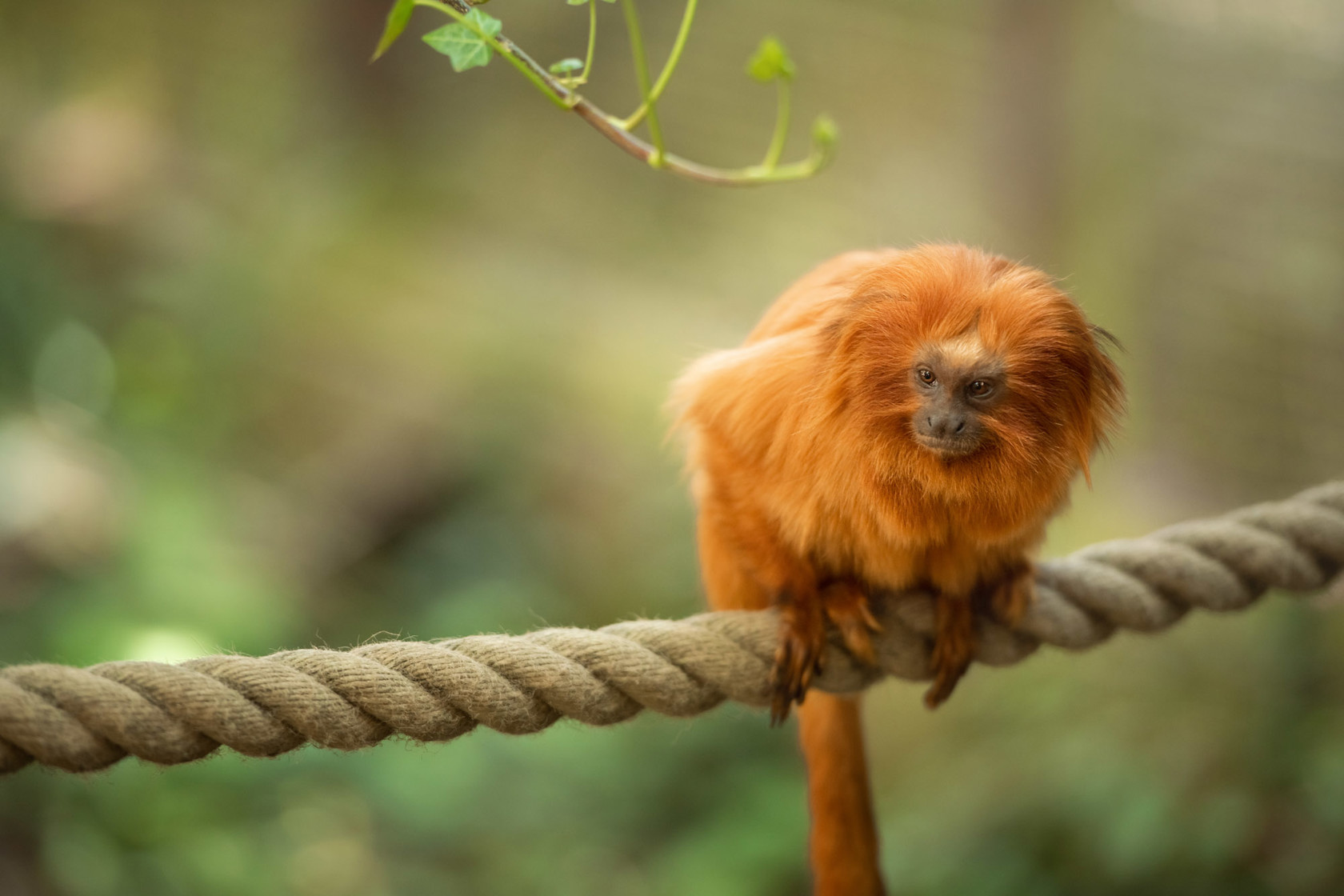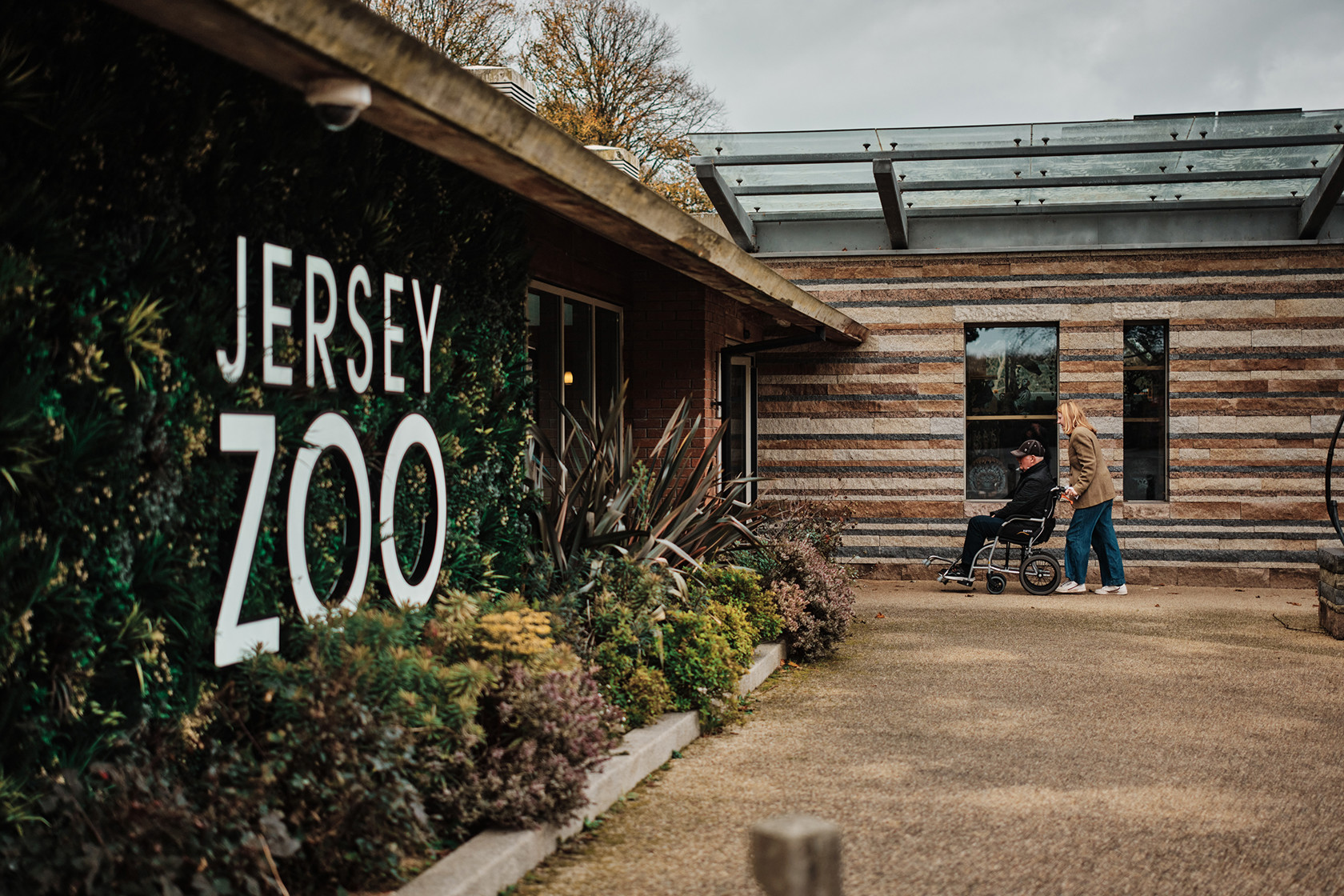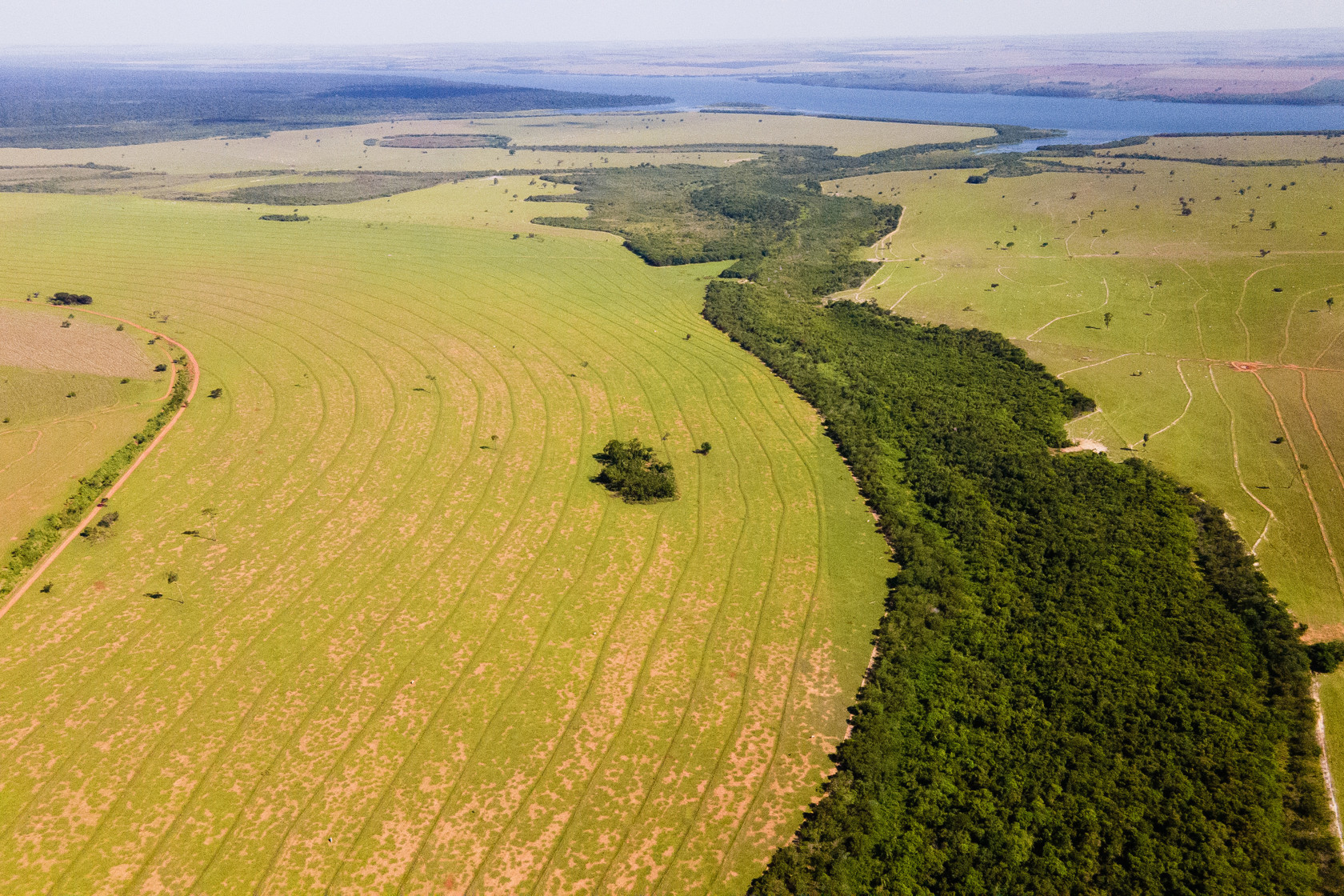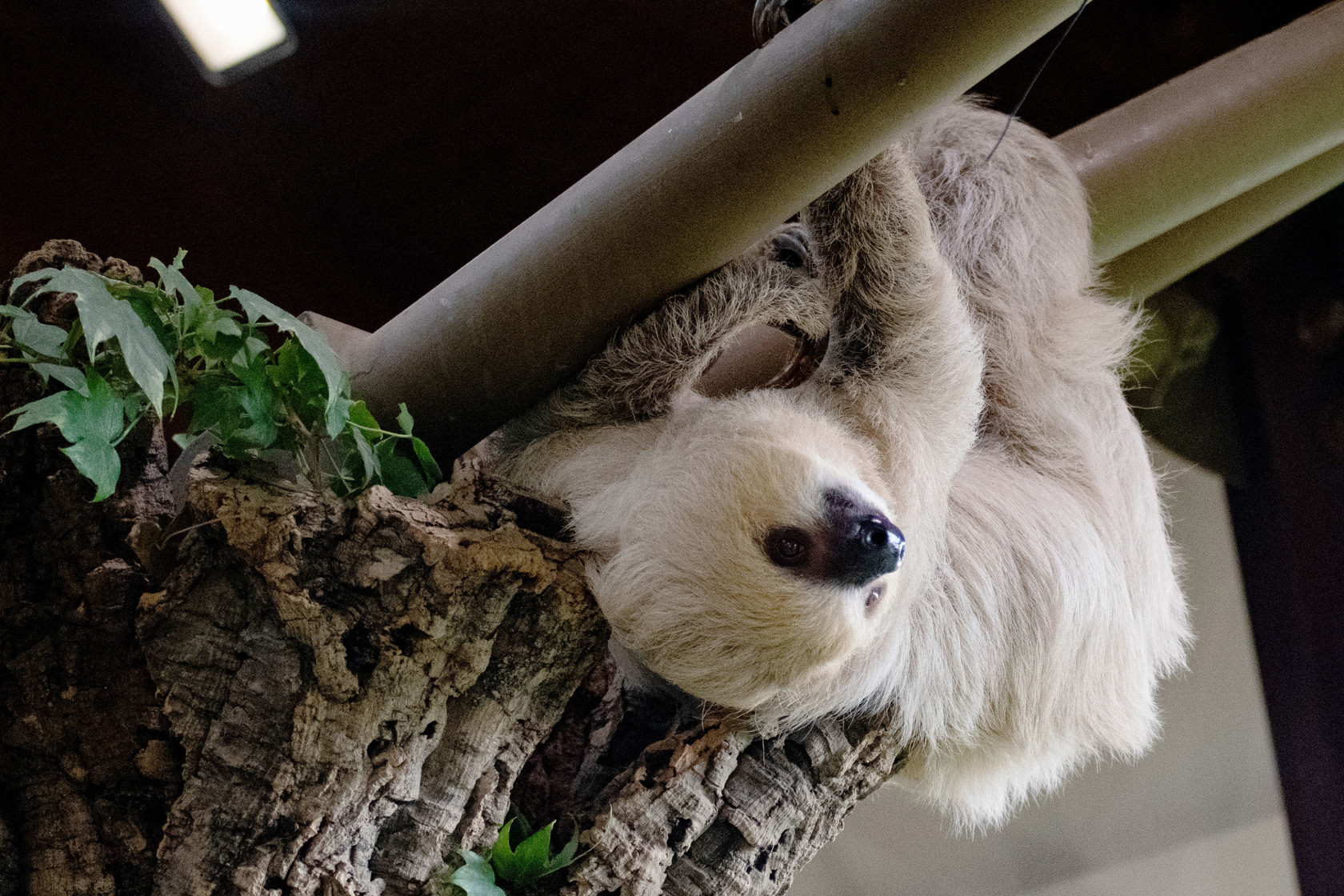Conservationists return white storks to Britain
A group of private landowners and nature conservation organisations are working together to help the white stork return home to South East England for the first time in several hundred years.
These large birds, symbolic of rebirth, are native to the British Isles and evidence suggests that they were once widely distributed. Whilst it is unclear why this spectacular and sociable bird failed to survive in Britain, it is likely that a combination of habitat loss, over-hunting and targeted persecution all contributed to their decline. A contributory factor may be that it was persecuted in the English Civil War for being associated with rebellion. The white stork is a migratory bird species, and there have been many sightings in South East England over recent years, but conservationists identified that the species would need a helping hand to re-establish a breeding population in Britain.
The White Stork Project is a pioneering partnership of private landowners and nature conservation charities, which aims to restore a population of at least 50 breeding pairs in southern England by 2030 through a phased release programme over the next five years.
At least 250 white storks will be released at several sites in Sussex and surrounding counties. Initial releases aimed at establishing local breeding populations, as seen for the first time at Knepp this year, have already been undertaken and will be supplemented in late summer each year by the release of captive-bred juvenile storks reared at Cotswold Wildlife Park.
Charlie Burrell, owner of the Knepp Estate, said: “We are thrilled to see these wonderful birds starting to nest in Sussex once again. A raft of recent reports have brought into stark focus how close we are to ecological collapse, but there is still hope. Projects like the rewilding of Knepp show that when allowed to do so, nature can heal itself.”
Isabella Tree, co-owner of the Knepp Estate, added: “For centuries the stork has been used as a symbol of rebirth and renewal, and we hope its return to Britain will help kick-start a movement for the wider restoration of nature.”
Durrell Wildlife Conservation Trust is a key partner in the project and will provide post-release monitoring expertise as well as work with the communities surrounding the release sites. Lucy Groves, Project Officer for Durrell commented: “It’s a real privilege to watch and follow the behaviours of these charismatic birds, particularly the nesting. I am excited to work with the local community as I believe these beautiful birds will really capture the public’s imagination and hopefully become a positive symbol that there is hope for the natural world.”
Cotswold Wildlife Park are husbandry experts for this species and hold a captive population from which birds are released. Jamie Craig, Curator of Cotswold Wildlife Park commented: “We are delighted to be able to assist this project that hopefully will once again see white storks breeding in the UK. The rehabilitated storks we have kept at the Park as breeding birds for the project have so far surpassed expectations. Despite their age and inexperience, they are breeding well and we hope to have the next generation ready for release later in the year.”
Alongside the Knepp Estate, Durrell and Cotswold Wildlife Park, other key partners include the Roy Dennis Wildlife Foundation for their reintroduction expertise. Other release sites include Wadhurst Park in Sussex and Wintershall Estate in Surrey.
Stork photos: Nick Upton
These large birds, symbolic of rebirth, are native to the British Isles and evidence suggests that they were once widely distributed. Whilst it is unclear why this spectacular and sociable bird failed to survive in Britain, it is likely that a combination of habitat loss, over-hunting and targeted persecution all contributed to their decline. A contributory factor may be that it was persecuted in the English Civil War for being associated with rebellion. The white stork is a migratory bird species, and there have been many sightings in South East England over recent years, but conservationists identified that the species would need a helping hand to re-establish a breeding population in Britain.
The White Stork Project is a pioneering partnership of private landowners and nature conservation charities, which aims to restore a population of at least 50 breeding pairs in southern England by 2030 through a phased release programme over the next five years.
At least 250 white storks will be released at several sites in Sussex and surrounding counties. Initial releases aimed at establishing local breeding populations, as seen for the first time at Knepp this year, have already been undertaken and will be supplemented in late summer each year by the release of captive-bred juvenile storks reared at Cotswold Wildlife Park.
Charlie Burrell, owner of the Knepp Estate, said: “We are thrilled to see these wonderful birds starting to nest in Sussex once again. A raft of recent reports have brought into stark focus how close we are to ecological collapse, but there is still hope. Projects like the rewilding of Knepp show that when allowed to do so, nature can heal itself.”
Isabella Tree, co-owner of the Knepp Estate, added: “For centuries the stork has been used as a symbol of rebirth and renewal, and we hope its return to Britain will help kick-start a movement for the wider restoration of nature.”
Durrell Wildlife Conservation Trust is a key partner in the project and will provide post-release monitoring expertise as well as work with the communities surrounding the release sites. Lucy Groves, Project Officer for Durrell commented: “It’s a real privilege to watch and follow the behaviours of these charismatic birds, particularly the nesting. I am excited to work with the local community as I believe these beautiful birds will really capture the public’s imagination and hopefully become a positive symbol that there is hope for the natural world.”
Cotswold Wildlife Park are husbandry experts for this species and hold a captive population from which birds are released. Jamie Craig, Curator of Cotswold Wildlife Park commented: “We are delighted to be able to assist this project that hopefully will once again see white storks breeding in the UK. The rehabilitated storks we have kept at the Park as breeding birds for the project have so far surpassed expectations. Despite their age and inexperience, they are breeding well and we hope to have the next generation ready for release later in the year.”
Alongside the Knepp Estate, Durrell and Cotswold Wildlife Park, other key partners include the Roy Dennis Wildlife Foundation for their reintroduction expertise. Other release sites include Wadhurst Park in Sussex and Wintershall Estate in Surrey.
Stork photos: Nick Upton

